Hetian jade Huangyu is a classified variety of Hetian jade, which is extremely rare. Nowadays, compared with the famous sheep fat jade, the price has been basically the same. In fact, in the history, topaz has surpassed the sheep fat jade as the first. For example, in the Ming Dynasty Gao Yan, "Yan Xian Qing Guan Yu" said that "Jade takes Gansu as the top and Yangzhi as the second" refers to Gan Huangyu as the first and Yangzhiyu as the second. The Qing Dynasty "Qing Secret Collection" mentioned in "On Jade" that "the jade color is the most like the cockscomb, the yellow is like the steamed chestnut, the white is the second, and the ink is the second." "The topaz is also placed before the sheep fat jade. In ancient times, topaz was very rare because of its homonym with the "emperor". However, the research and development of topaz in modern Hetian jade is not enough, and the output is very limited. Then what is Hetian jade topaz, is it usually called Huangtian material and Astragalus membranaceus?

.jpg)
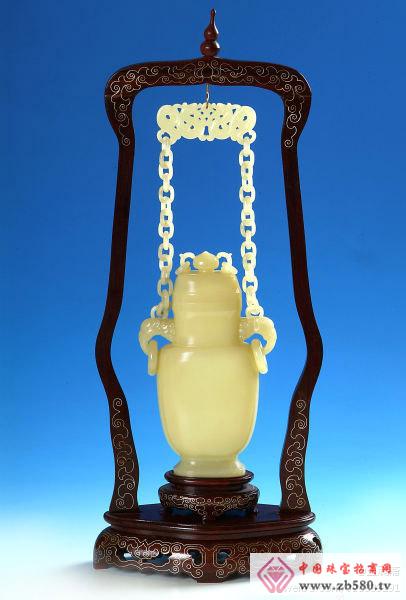

First of all, Hetian jade topaz is a variety of soft jade in terms of color. Its main constituent minerals are tremolite and actinolite, mainly tremolite. It is mainly produced in Ruoqiang, Qinghai Golmud and Liaoning Xiuyan in Xinjiang. Hetian jade (topaz) usually has a trace of iron salt to form a tremolite. The crystals of the amphibolites of the amphibolites are microscopic fiber-like crystal aggregates with a content of more than 99%, and the grain size is generally 0.01 mm--0.001 mm, with a micro-felt structure. The color of topaz is native, and the coloring elements are mainly ferrous ions. The formation of yellow is mainly due to the decomposition of divalent iron in tremolite-positive stone into stable yellow ferric oxide, which is caused by long-term infestation. The color is uniform and belongs to the secondary change of rock. The traditional image of Topaz is described as pear yellow (Fig. 1), chestnut yellow (Fig. 2), beeswax yellow, small beige (Fig. 3), egg yolk, sunflower yellow (see Figure 4), and chrysanthemum, from light yellow to deep yellow. It is best to use "Yellow steamed millet" color. (Note: The corresponding colors in Figure 1, Figure 2, Figure 3, and Figure 4 are for reference only. If there are different opinions, look for the right)
.jpg)
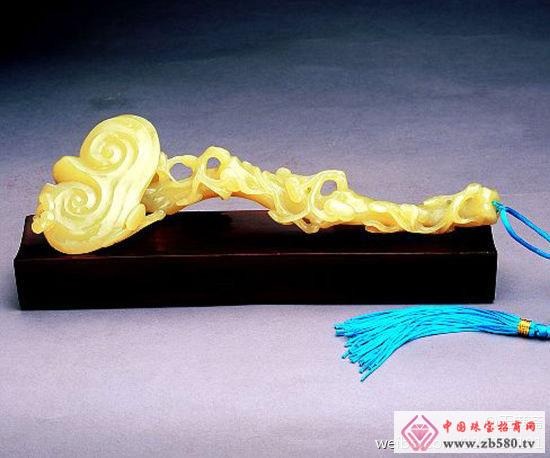
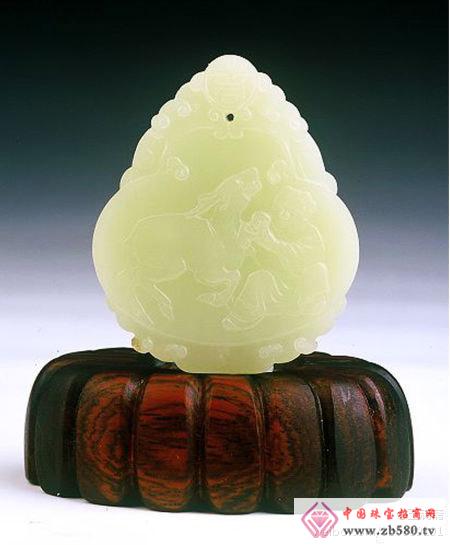
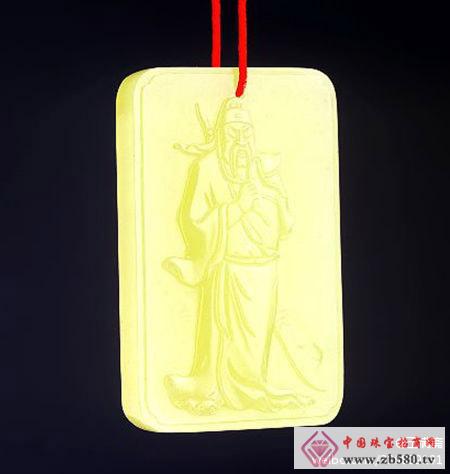
The new version of Hetian jade local standard issued by the Xinjiang Uygur Autonomous Region Quality and Technical Supervision Bureau describes the topaz as: light-medium different yellow tone, often greenish yellow, millet yellow, with gray, green, etc., translucent to micro Transparent, fine and dense texture, grease - glass luster, visible cracks, impurities and other defects. According to the amount of sugar color, it can be further divided into topaz and sugar topaz. It is accompanied by a physical sample reference, in which one of the physical samples represents the lowest limit of the color of the topaz.
The yellow mouth material is a general name for the yellow-green and blue-yellow blends and the jade. The color is also native, and the main producing areas are Ruoqiang and other places. Since the color of the yellow mouth material is too green or cyan, the standard of topaz is not reached. See the comparison below.
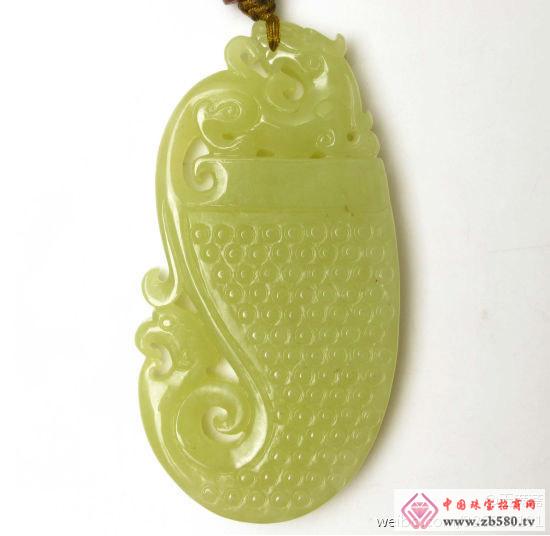
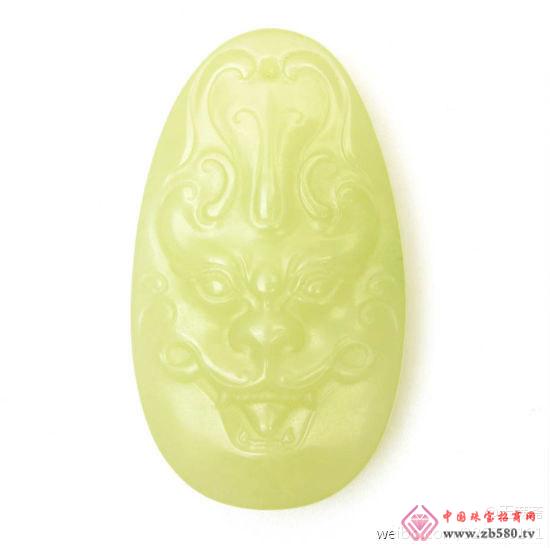

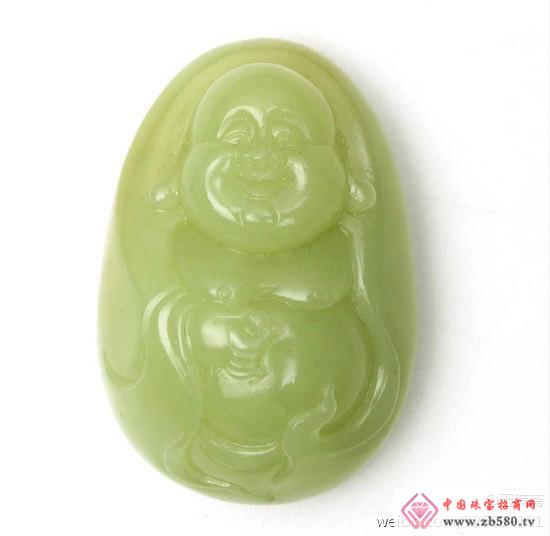
The color of the Astragalus membranaceus seed is secondary, and it is colored by the divalent iron ion intrusion in the later stage. The color gradually becomes lighter from the outside and the hardness is much lower than that of the original material of the topaz. The yellow sputum (Fig. 8) standard is called sugar jade, and can not produce a topaz certificate. But folks, and some books, are used to classifying scutellaria as topaz. However, the authoritative testing agency will not issue the identification certificate of astragalus as a topaz. In the division of sugar jade and topaz, the classification of the original color is considered to be the topaz, and the secondary oxidation coloration is divided into sugar jade. It was divided in the monograph "Gem and Gem of Xinjiang" published in Xinjiang in 1985 and adopted by the testing center in Xinjiang. This classification follows the basic classification principles of genetic mineralization, composition classification, and structural classification of rock mineralogy.
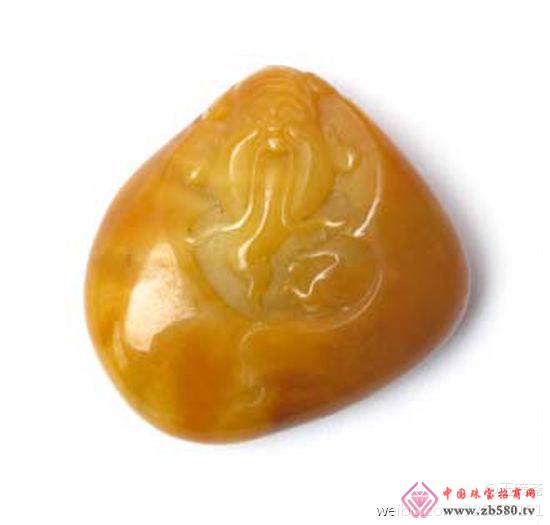
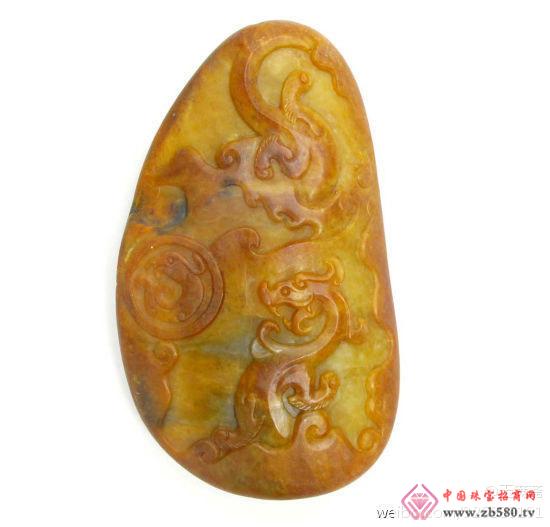
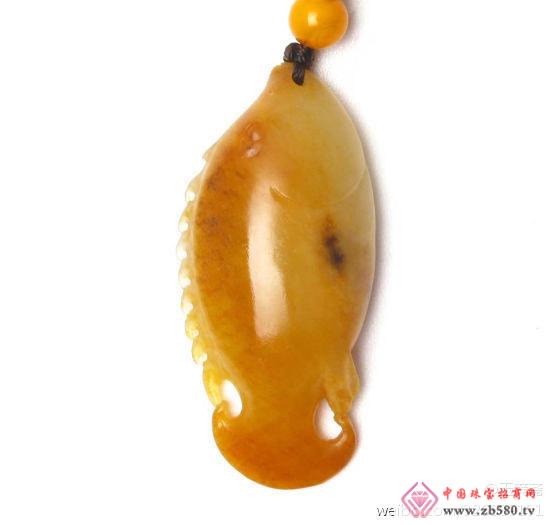
How to classify the quality level of Topaz, some experts believe that the topaz can be divided into three levels:
First-grade topaz: The color is dark yellow, soft and even. The texture is dense, delicate, tough, moist and smooth, translucent, grease-waxy shiny. Basically no cracks, impurities, etc.
Second-grade topaz: The color is from light yellow to dark yellow, which is softer and evener. The texture is dense and delicate, grease-wax-like luster, occasionally flawless, cracked, and impurities.
Third-grade topaz: The color is yellowish and soft and uneven. The texture is dense and delicate, waxy luster, common flawless, crack, impurities and so on.
There are also some topaz imitations, such as yellow jade, quartzite, marble, jade, glass, etc., consumers are not easy to distinguish them from Hetian jade topaz, here to distinguish.
Name structure refractive index density hardness mineral composition
Hetian jade (Topaz) hairy structure 1.61±2.95±6~6.5 tremolite
Jade fiber interweaving structure, granular fiber interweaving structure 1.66±3.34±6.5~7 hard jade
Quartzite granular structure 1.54±2.66±7 quartz
Marble granular structure is 1.486~1.6582.72±3 calcite
The jade jade fiber interweaving structure is mainly 1.56±2.57±2.5~6 serpentine
Glass amorphous structure 1.51±2.5±5~6/
Hetian jade topaz is mainly composed of tremolite. It has a felt-like interweaving structure. The texture is fine and moist, and it has high toughness. It is mostly oily and lustrous, translucent to opaque.
The transparency of jadeite is higher than that of Hetian jade and yellow jade, and the gloss is also strong. It has a glass luster and is “green†and has a uniform color distribution. Density, refractive index, and infrared spectrum are also different.
The granular structure of quartzite can be distinguished from the felt-like structure of Hetian jade topaz. The same size products are only 2.66g/cm3 because of their density, and the weight is lighter than Hetian jade. The refractive index of 1.54 (point measurement) is also well distinguished.
Hydrochloric acid can be foamed on the marble point; the hardness is very low, the knife can be easily swiped, and it can be quickly separated from Hetian jade topaz.
The jade jade is mainly waxy, and most of the transparency is higher than that of Hetian jade topaz. The hardness is obviously low, and most of them can be swiped with a knife.
Glass often contains bubbles of varying sizes, shell-like fractures, and the color is relatively uniform and feels rigid. The refractive index and density are also different from Hetian jade topaz.
Running Wear,Running Clothes,Running Clothes For Women,Running Clothes For Men
YANGZHOU XIANGYU GARMENT CO.,LTD , https://www.yzxygarment.com